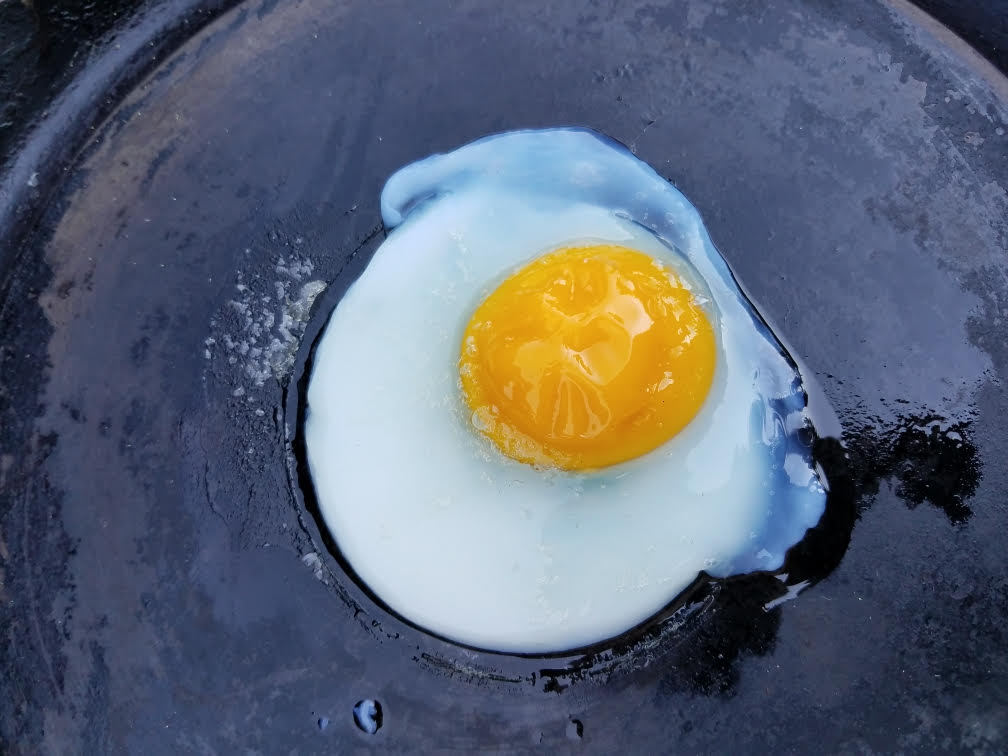From:
View attachment 5103496
You see that at any given similar PPFD the HPS spectrum results in a (slightly) higher CO2 assimilation rate.
Before the HPS vs LED comparison, the study compared 3 LED lights to find out the best - which was chosen subsequently.
I find this noteworthy because the study itself doesn't seem to mention this, and sadly, they weren't able to use the LED to reproduce PPFD states higher than 1000umol. Which, *I suspect*, the LED would fare even worse due to the blue/red vs green-light mismatch. (green-light has been proven to work better photosynthetically at higher PPFD)
The study itself concludes that LED is far superior to HPS but the argument here relies solely on higher total raw light output, better uniform canopy spread. They state that HPS at its recommended hanging height isn't able to create the same amount of light than LED at all - which IS very believable.
But in a way a skewed argument because in a commercial operation, like a hall or big greenhouse, it is general practice to simply hang as many fixtures up in a cross-lighting setup until saturating light-levels are achieved.
Which will also take care if uniformity of light-spread.
I do not wish to shill for any type of lighting system, but I f*** hate it when studies are done in such a horrible way to basically cash in on a lighting-system weakness.... I don't need a study to realize a HID bulb has less uniform spread than a LED bar light when these systems are used as a single light-source in a tent.
Any PPFD chart shows that already. And the PPF umol/J in the datasheet also gives a clear info on the power of a light-source.
But the HPS spectrum results in a quicker photosynthate-accumulation than the LED spectrum. HPS seems to drive photosynthesis-rates higher, thus, less light-quanta will be actually needed to arrive at the very same amount of carbohydrates.
Keep in mind though it's just a single study and the results may be not without faults. Though the result is in line with my general knowledge about the various light-colours' effects on photosynthesis.
Sadly some of the LED vs LED preliminairy data isn't shown either, which could have been used to create even a bigger gap of HPS vs averaged LED data













